Montessori, Reggio Emilia, Waldorf, Multiple Intelligences and HighScope. How many of these names are you familiar with? Rachel Lim and Michelle Ang round up the types of early childhood approaches out there.
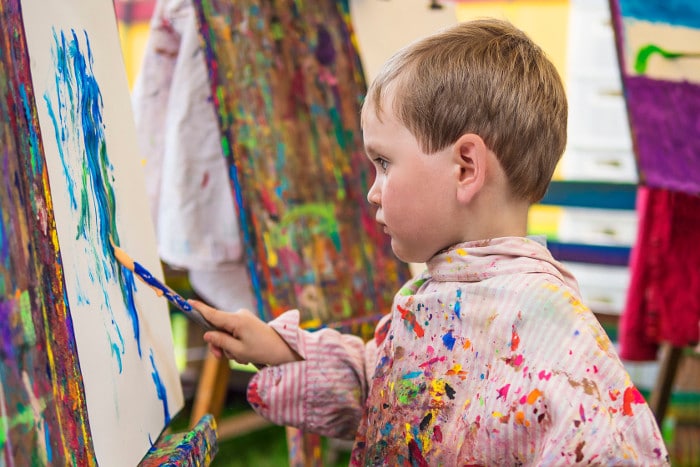
Reggio Emilia
The Reggio Emilia Approach was developed by a teacher named Loris Malaguzzi, and the parents of the villages around Reggio Emilia in Italy after World War II. After the war, people believed that children were in need of a new way of learning. The assumption was that people form their own personalities during the early years of development and that children are endowed with “100 languages” – a hundred ways of expressing themselves such as drawing, sculpture, dramatic play and writing.
The “100 languages” is a well-known feature of the Reggio Emilia philosophy, believing that children have many ways to learn and express themselves. Children are infinitely capable from birth and can display these capabilities in many ways. It is all about the child and the huge potential that they possess, says Adam Patterson, Head of Early Years at the Australian International School Early Learning Campus (AIS ELC).
“At the Early Learning Campus, no matter what the age of the child, we speak of education and not only of care. Being Reggio inspired, we teach in different ways, our teaching originates from listening to and observing the children to find out how they are unique, what they enjoy and how they learn best,” shares Mr Patterson.
The first years of a child’s life are very important and not just to fill them with ideas and information. Mr Patterson states how it is about building the architecture of the brain; this means gaining awareness of ‘my’ way of learning to know how ‘I’ am learning and most importantly how ‘I’ relate to others.
Language as a third teacher
The environment is as important as the adults in the room. In a Reggio context it is classed as the third teacher. It believes in the natural development of children and the close relationships children forge with their environment.
In one of the AIS ELC classrooms, this transcribes into an environment full of natural materials soft colours and space to move about, but also spaces for children to be by themselves when they need to. The children have as much input into the shape of the environment as the adults either through their direct input of ideas or through teacher observations of the things they do and say.
Key features:
- Children must have some control over the direction of their learning
- Children must be able to learn through experiences of touching, moving, listening, and observing
- Children have a relationship with other children and with material items in the world that children must be allowed to explore; and
- Children must have endless ways and opportunities to express themselves.
- Much of the instruction at Reggio Emilia schools takes place in the form of projects where they have opportunities to explore, observe, hypothesize, question, and discuss to clarify their understanding.
- Children are also viewed as social beings and a focus is made on the child in relation to other children, the family, the teachers, and the community rather than on each child in isolation.
Parents often ask how they can make their home environment as calming and stimulating as it is at school. Mr Patterson’s answer is to be ruthless with what the children have access to. “Having too many toys and objects around may look good to an adult… but for a child, there is the risk of over stimulation. If children have everything available to them how will they know what they like?”
Reggio Emilia-inspired Preschools:
- Between 2 Trees, betweentwotrees.sg
- Blue House Nursery and International School, bluehouseinternational.com
- Odyssey the Global Preschool, theodyssey.sg
- The Children’s Place, thechildrensplace.com.sg
- White Lodge, whitelodge.com.sg
- Australian International School Early Learning Campus, ais.com.sg/curriculum/early-years
Read our Enrichment and Preschool Guide to learn about other enrichment programmes for your toddler or preschooler.
* * * * *
If you find this article useful, do click Like and Share at the bottom of the post, thank you.
Running a service or business targeted for parents? Reach out to a wider audience in our Best Enrichment Classes compilation. Leave your contact details here and we will get in touch with you.


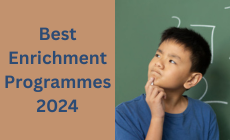
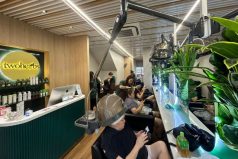






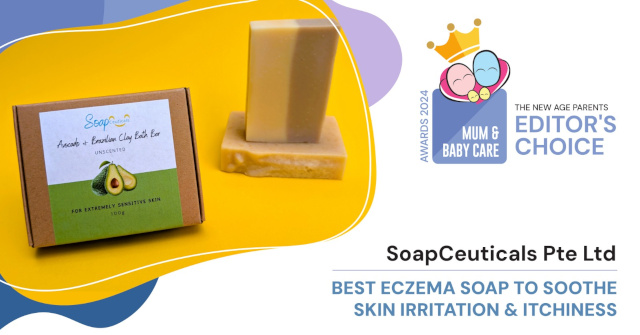
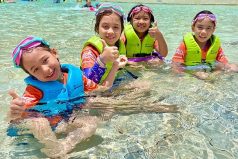
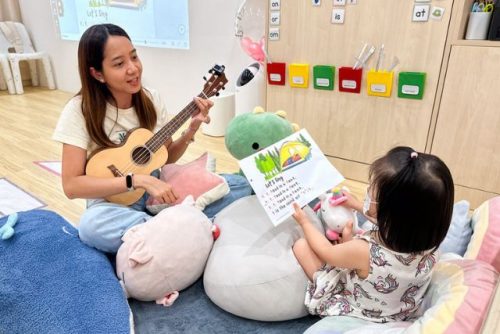

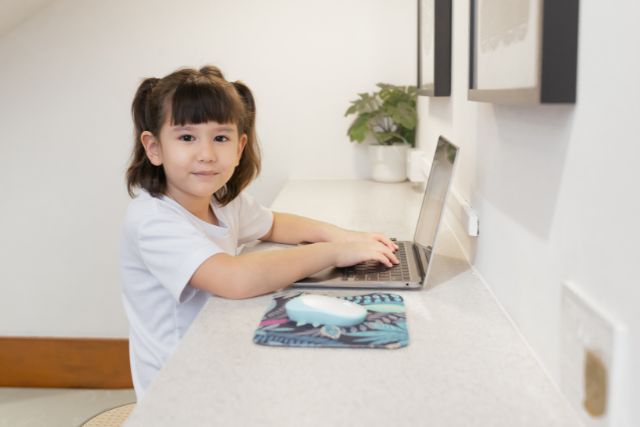
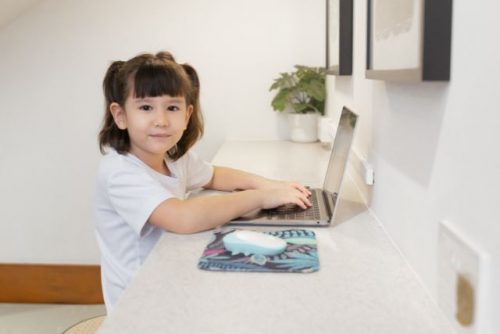
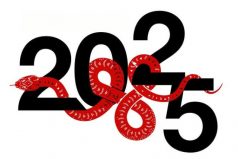
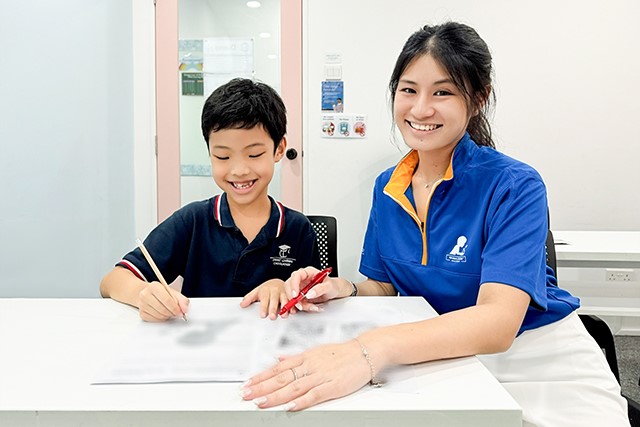
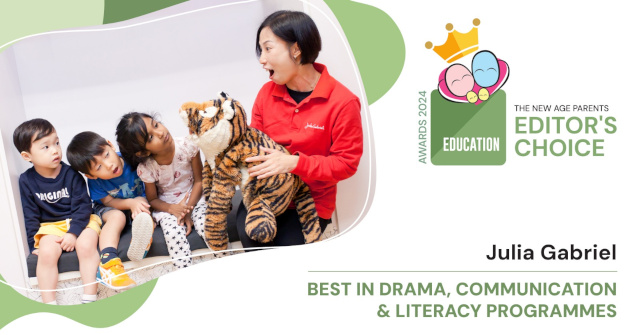



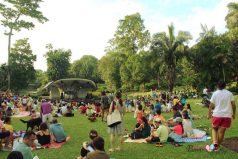

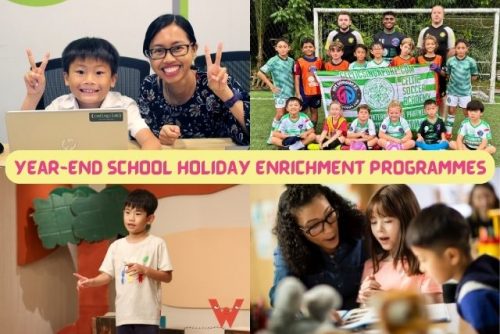

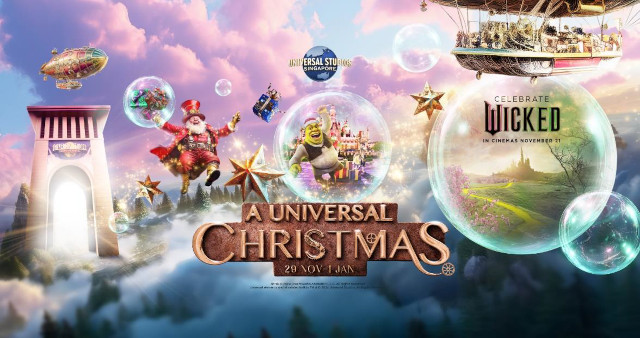
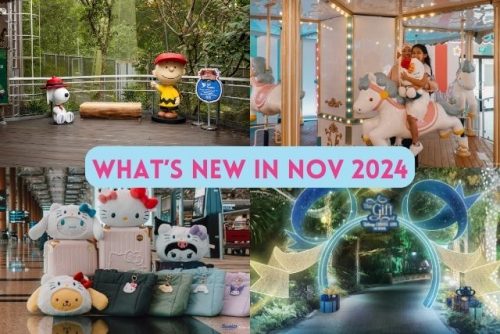
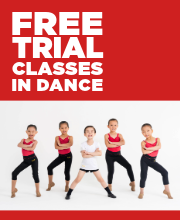

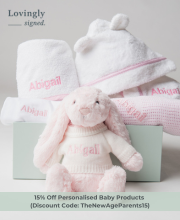





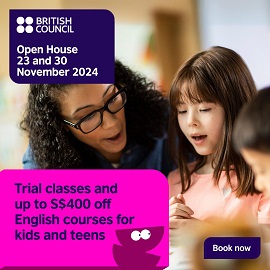
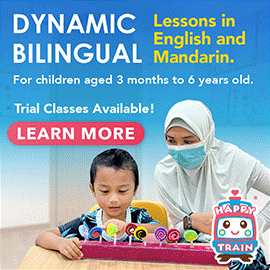

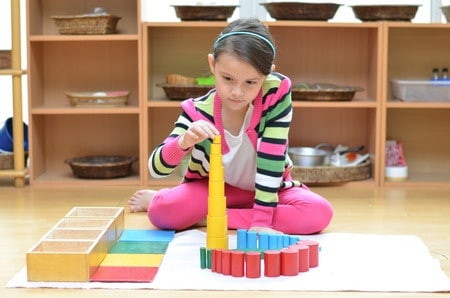
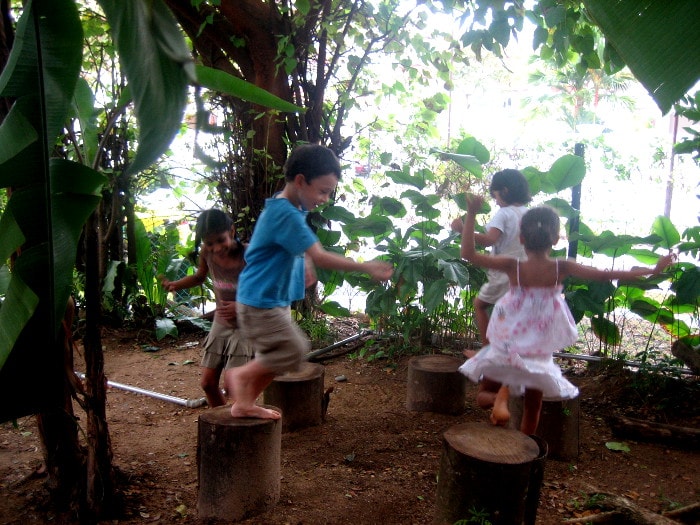




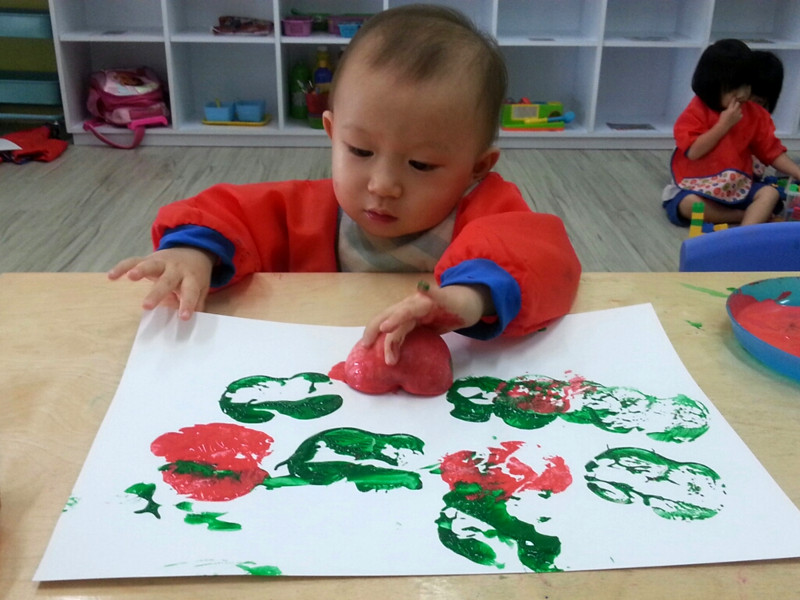
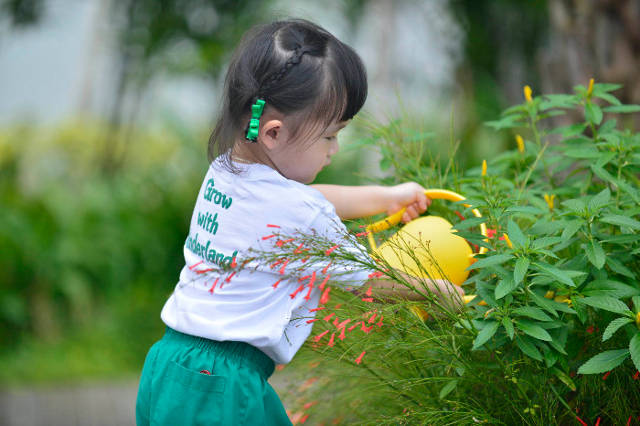
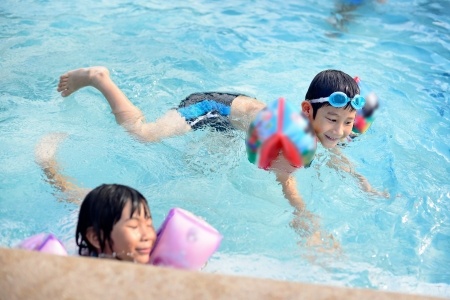

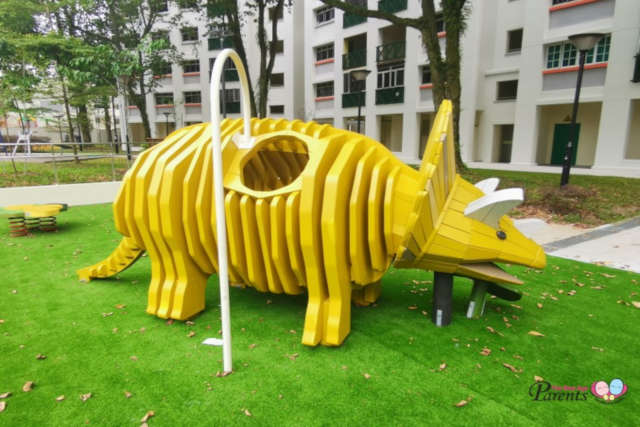
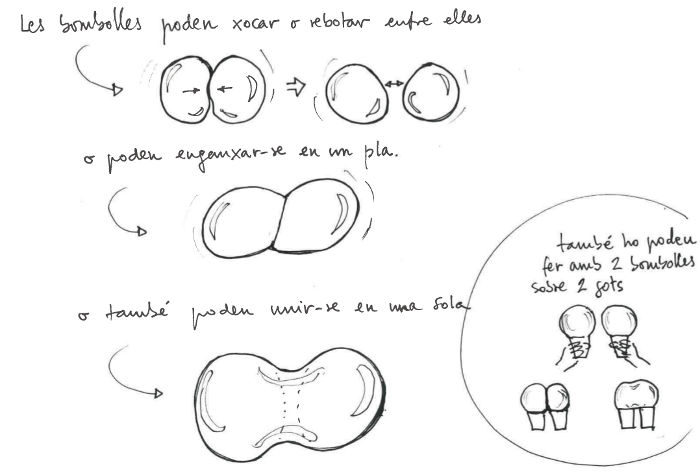





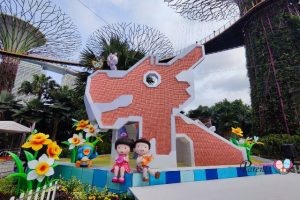



Leave a Comment: